![The Mohican Board! [Bumppo's Redux!] The Mohican Board! [Bumppo's Redux!]](images/wwwboard.gif) |
|
| Author |
 Topic Topic  |
|
|
James N.
Colonial Militia
   

USA

Bumppo's Patron since [at least]:
October 24 2007
Status: offline
|
 Posted - July 31 2012 : 3:55:05 PM Posted - July 31 2012 : 3:55:05 PM



|
Image Insert:
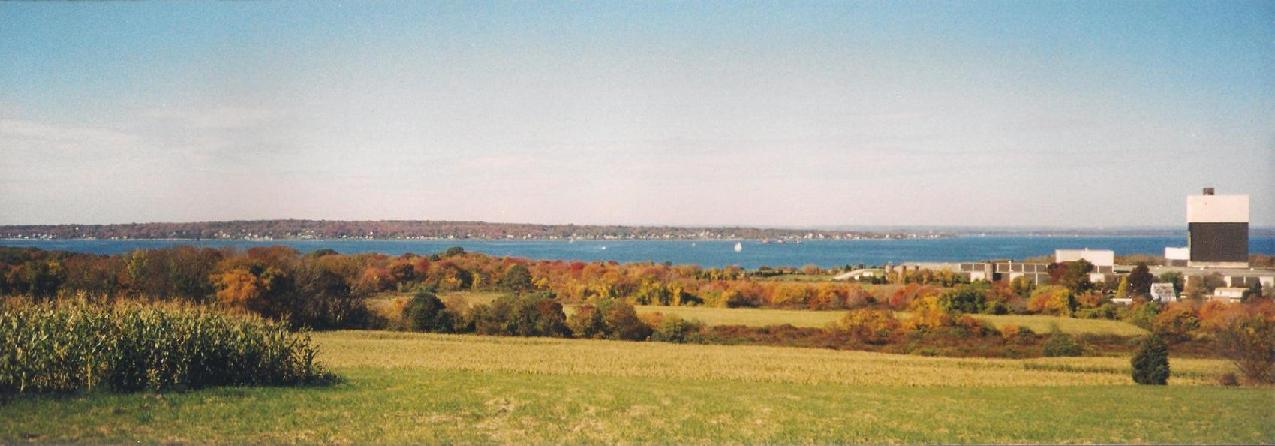
79.64KB
Narragansett Bay as seen from the island on the road to Newport from the mainland.
The Colony and later State still known offically as Rhode Island and Providence Plantations had its beginnings when dissenters led by Roger Williams settled on lands belonging to the Wampanoags bordering ample Narragansett Bay. Previously I have described the tribulations of the Wampanoag, reduced to the area known as Mount Hope, and the destruction of the large Narragansett village at the Great Swamp Fight in King Philip's War, 1675 - 76. The war also witnessed the burning of the colonist's principal town on the river of the same name, Providence, though the Indians spared Williams and most of his people since prior to the outbreak of hostilities they had been allies against the excesses of the mutually detested Puritans; virtually nothing remains today from this period. Gaining its own Charter, the colony grew rapidly, owing mainly to the eradication of the Indians and its position on the best-sheltered harbor on the coast of Southern New England. Inland Providence was rebuilt and supplimented by Newport at the tip of the Rhode-Island lying in the bay at the harbor's mouth.
Image Insert:
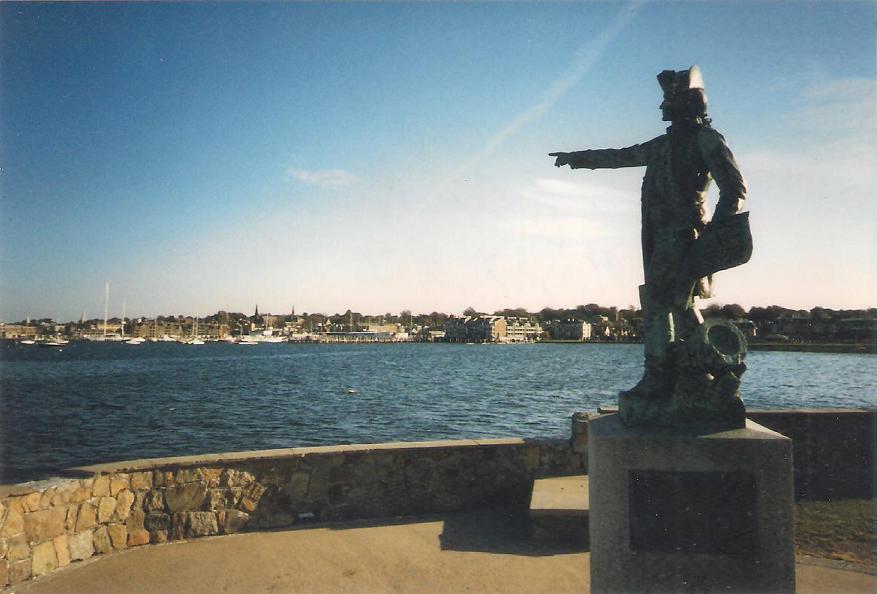
62.52KB
Old Newport seen across its own small harbor from the Rhode Island headland; the foreground statue is of French General J. B. D. Rochambeau ( of whom more later ).
When Revolution came the colony joined her sisters, an entire brigade of troops marching off to besieged Boston led by General Nathanael Greene. Soon the new State gained a reputation as a nest of pirates as most seafarers turned to privateering, preying on English ships engaged in the coastal trade or attempting to supply the British troops in Boston. Gen. William Howe abandoned Boston in March of 1776, returning in the summer to capture the essential port of New York. Accomplishing the task by the end of the year, Howe solved two problems by dispatching his prickly subordinate Gen. Henry Clinton to "clean out the nest" by occupying Narragansett Bay and establishing a fortified naval base at Newport. Clinton soon went home to England, leaving Col. Richard Prescott to command the British garrison; though the Revolutionaries lacked the means to recapture Newport, Prescott soon became a target himself. Washington needed a high-ranking British officer to exchange according to the custom of the day for Gen. Charles Lee, captured by British dragoons during the retreat through the Jerseys in Dec., 1776, and Prescott being relatively isolated from the main British forces seemed likely. It helped that he liked to escape the heat of a Newport summer ( and prying eyes! ) to dally with his mistress on a farm just north of town. Here he was siezed and spirited off the night of July 9, 1777 by forty men led by Maj. William Barton who had landed unobserved from the mainland.
Image Insert:
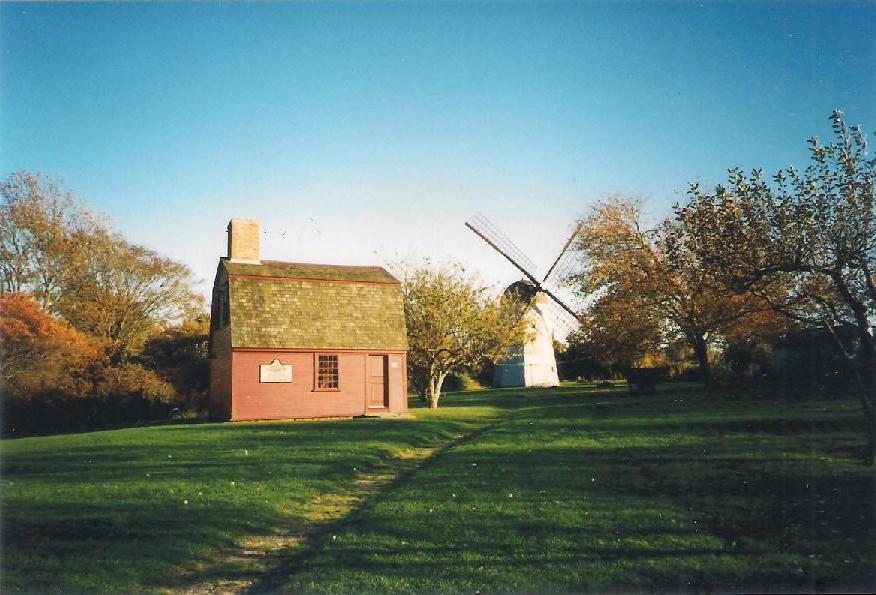
86.49KB
This tiny structure is improbably identified as "Prescott's Headquarters" on Prescott Farm from which the colonel was supposedly snatched. Since it's only two rooms and nowhere big enough for that, I'd guess it's a surviving outbuilding of some kind rather than what is described in my guidebook as "a large, two-story colonial building, the Olney House." The windmill is described as being from nearby Lehigh Hill.
Image Insert:
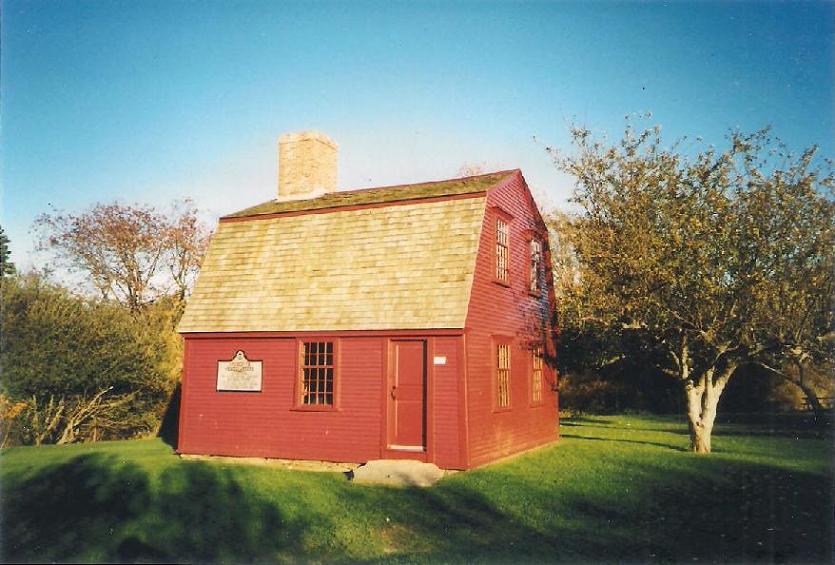
83.05KB
Image Insert:

73.36KB
|
|
report to moderator
|
|
|
James N.
Colonial Militia
   

USA

Bumppo's Patron since [at least]:
October 24 2007
Status: offline
|
 Posted - July 31 2012 : 8:42:26 PM Posted - July 31 2012 : 8:42:26 PM




|
West and north of Narragansett Bay was an area of largely farmland with a few commercial or even early industrial enterprses. One of these maintained today as a historic site near Saunderstown is the birthplace of American painter Gilbert Stuart, son of a local snuff-maker. The two-story house has living quarters upstairs and the snuff-mill on the lower level. Since Stuart, though an artist of renown, was such a poltroon in later life, this is probably of more relevance as a museum of snuff-making than as a memorial to him!
Image Insert:
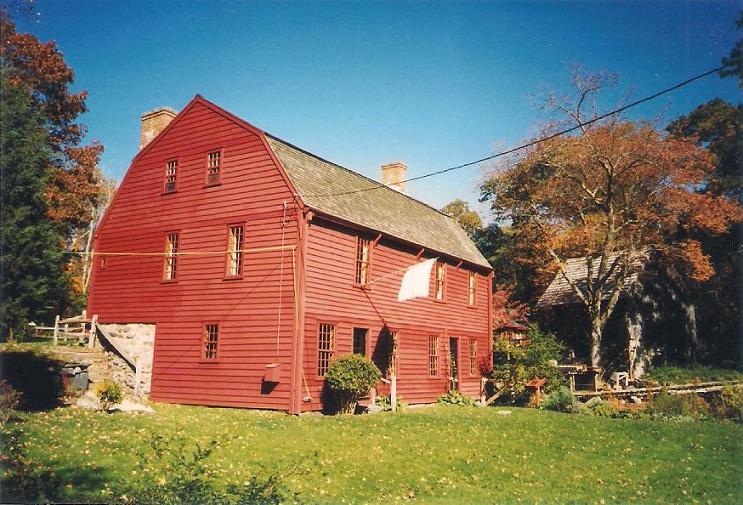
89.99 KB
The barnlike 1751 house is built against a hill and accessable at ground level on both sides. This is the back where entry was into the workplace; the opposite side gave access to the "upstairs" living quarters. Since this was a "mill", it was water-powered and had its own beautiful little pond and millrace.
Image Insert:
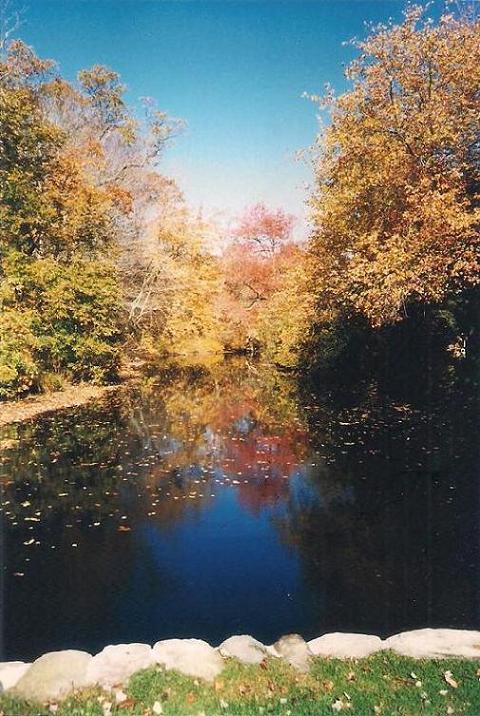
84.19 KB
Another early industrialist also happened to be the greatest strategest produced by Revolutionary America, General Nathanael Greene, member of a family of Quaker ironmongers. Put "out of Meeting" for his military activities the self-taught commander served in most of Washington's most notable battles and in a campaign still studied today he regained the South for America in a classic war of maneuver, 1781 - 82. His 1770 residence, "Spell Hall" is maintained as another state historic site near Coventry. Behind the house on a reproduction carriage is one of the 8-pounder cannon cast by the Greene ironworks during the war; formerly they had been a bell foundry!
Image Insert:
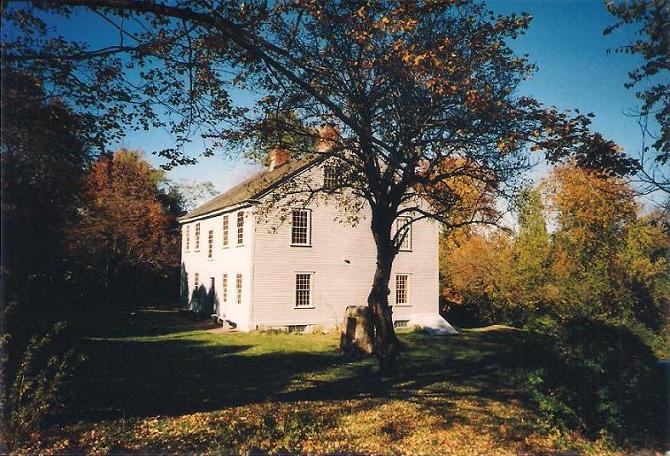
88.98 KB
Image Insert:
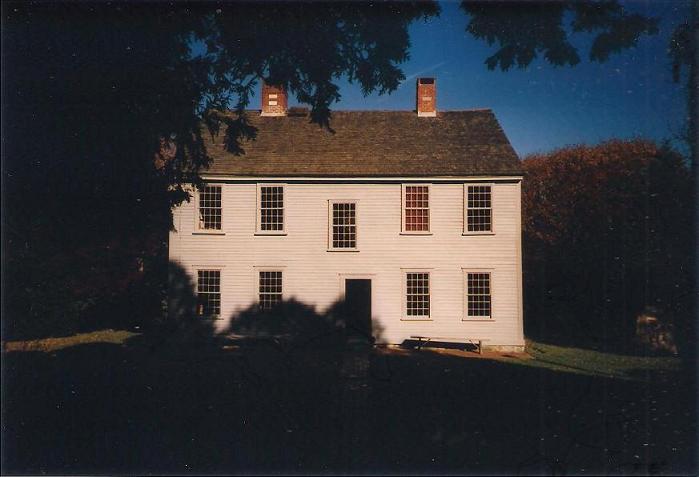
40.52 KB
Image Insert:
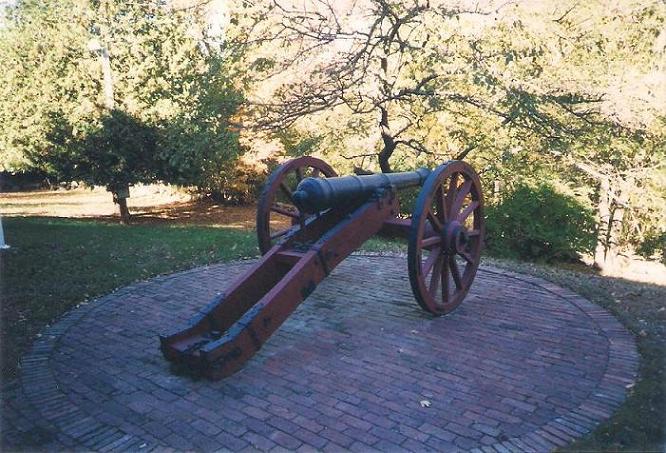
83.25 KB
Another imposing home in nearby East Greenwich is the 1773 residence of Gen. James Varnum, a frequent brigade commander in Washington's army and Major General of Rhode Island militia before being elected to Congress in 1780.
Image Insert:
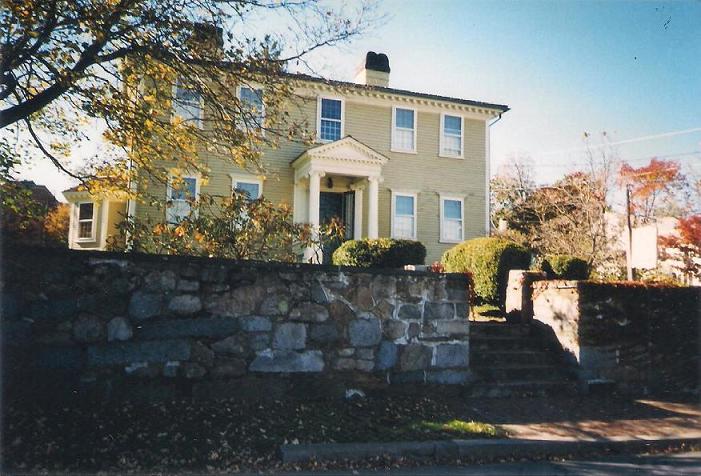
73.28 KB
Image Insert:
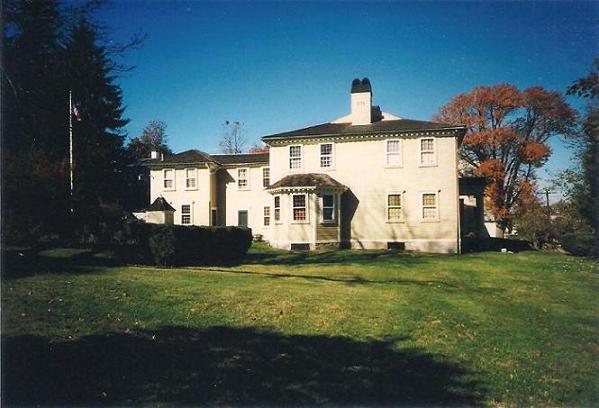
42.61 KB
Rounding out this section is the post-Revolutionary ( 1786 ) imposing brick Georgian mansion of John Brown, founder of namesake Brown University in downtown Providence.
Image Insert:
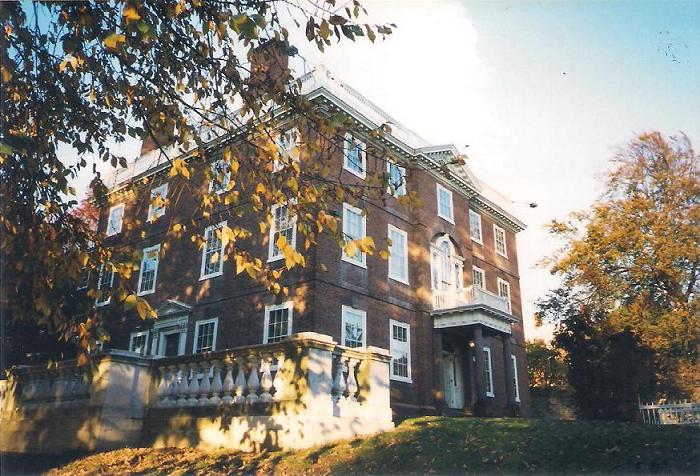
89.49 KB
|
report to moderator  |
|
|
Fitzhugh Williams
Mohicanland Statesman
    
  

Bumppo's Patron since [at least]:
July 17 2005
Status: offline
|
 Posted - August 01 2012 : 08:01:40 AM Posted - August 01 2012 : 08:01:40 AM



|
| Was this a recent trip. You really get around! Lots of places I would really like to visit. |

"Les deux pieds contre la muraille et la tete sous le robinet" |
report to moderator  |
|
|
James N.
Colonial Militia
   

USA

Bumppo's Patron since [at least]:
October 24 2007
Status: offline
|
 Posted - August 01 2012 : 11:00:05 AM Posted - August 01 2012 : 11:00:05 AM




|
quote:
Originally posted by Fitzhugh Williams
Was this a recent trip. You really get around! Lots of places I would really like to visit.
Hi, Fitz!
Unfortunately no, it was in Oct., 1998. After working on Mohicans my curiosity was aroused about the colonial areas I'd always read about but never seen, or only very superficially seen. While living in Dallas and working at Macy's ( back when that was still an exclusive retailer that paid a living wage! ), I decided to take a couple of weeks off a year - one in spring and the other in fall - and fly somewhere in the northeast to explore more fully. I began accidentally at first but soon more deliberately to visit Revolutionary sites coinciding roughly with their 220th anniversaries. ( The Battle of Rhode Island was in 1778. ) This way I saw most of the important places and quite a few lesser ones as well. Glad you've enjoyed my accounts! |
report to moderator  |
|
| |
 Topic Topic  |
|
|
|
| The Mohican Board! [Bumppo's Redux!] |
© 1997-2024 - Mohican Press |
 |
|
| Current Mohicanland page raised in 0.25 seconds |
 |
|

![The Mohican Board! [Bumppo's Redux!] The Mohican Board! [Bumppo's Redux!]](images/wwwboard.gif)





